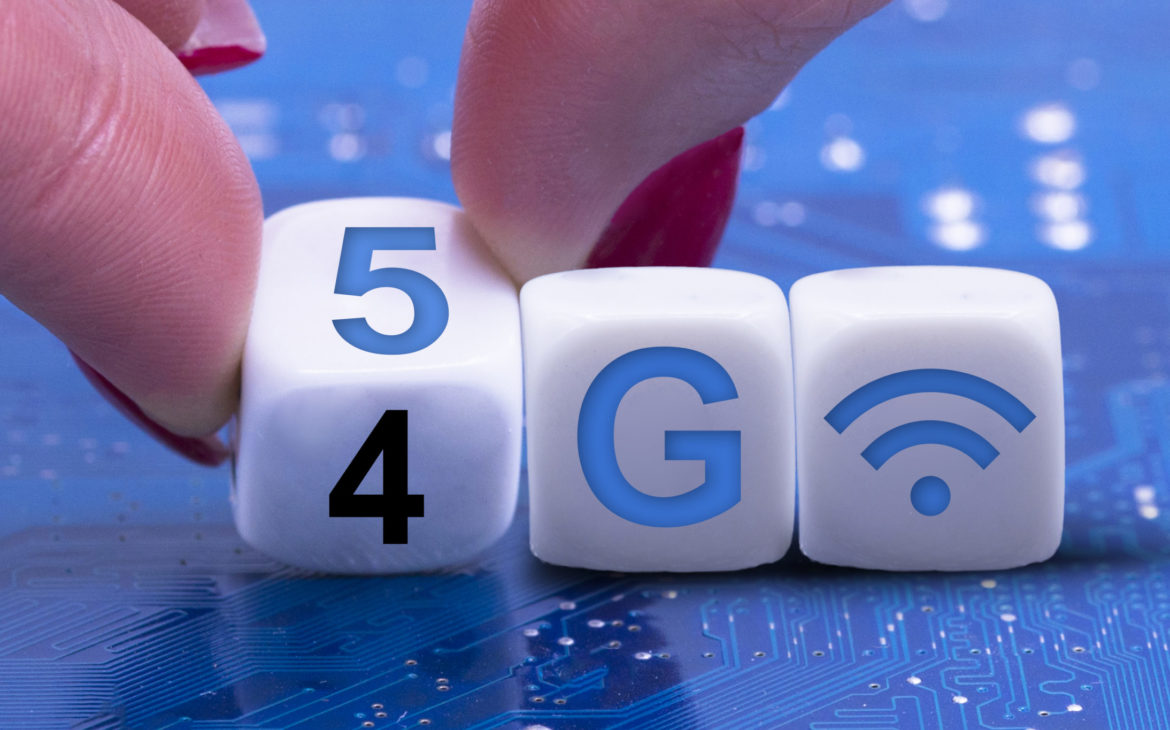- growth in the number of mobile devices, i.e. the traffic they generate
- accelerated emergence of new use cases, i.e. applications that require a mobile network of exceptional performance.
The first driver is clear since we are all users with considerable experience in interpreting the behavior of mobile services in different conditions. So, most of us already know that downloading more complex content (such as HD video) takes longer than less complex content, and that in uninhabited or sparsely populated areas the “signal is weaker” than in cities. Experience also tells us that the quality of the same service can vary depending on the number of network users. So, for example, at stadiums or big concerts, it is quite expected that we cannot make a simple voice call or send an SMS due to network congestion. Another probably everyday example is the use of wireless home internet (Wi-Fi). When all members of a household grab their mobile phones to check out world news, often in the form of a multitude of pictures and videos, it’s not surprising that when they are downloaded, there is interference such as buffering or interruptions. Although this is not a mobile network, every wireless technology follows a similar pattern.
This also applies to the mobile network on a global scale. It is to be expected that the increase in the number of mobile service users will cause a lower quality of service (QoS) overall, as more users share the limited network capabilities. The problem that arises is global dissatisfaction when using services that are already established but of inferior quality. To cope with this phenomenon, mobile service providers have no other economically viable solution until a new form of mobile network – i.e. the next (fifth) generation network – is introduced.
What can mobile service providers do to prevent a decline in the quality of existing service, that is, customer dissatisfaction caused by an increase in the number of active mobile devices?
A simple solution would be to invest and expand current network infrastructure by purchasing expensive network equipment. However, this investment is not cost-effective, as service users will not be willing to pay more expensive tariffs to compensate for the investment in network infrastructure, with the final quality of service remaining the same. In addition, the growth in the number of active mobile devices is so rapid that it’s impossible for it to keep up with the construction of network infrastructure. Even with the expansion of the network infrastructure, some problems such as congestion during major events will stay unresolved. Current technology simply has its limitations.
The second driver further explains the need to develop a fifth-generation mobile network. Namely, technological advances in a wide range of industries have provided a new life perspective where improving the quality of life is the primary goal of human development. In this endeavor, we tend to use all the information and technology around us that would make our lives more comfortable. With the idea of facilitating the management of complex systems or improving the accessibility of health care, concepts such as smart factories and smart cities and remote healthcare have emerged – so-called use cases. These concepts not only require the reform of current industrial or health systems but also depend to a large extent on communication technology for full realization. On the communication side, we are talking about (communication) services that mobile service providers need to support in order to enable a specific type of communication to achieve advanced concepts in areas such as industry, health or public safety – i.e. the upcoming use cases. The challenge that arises when providing such services is that they generate different traffic than that caused by the communication of ordinary mobile devices. Moreover, the realization of communication of new services requires a different (more diverse) definition of QoS. Such services require network infrastructure management that current mobile network architecture is unable to provide.
What does a different/diverse definition of the quality of service required by upcoming use cases mean? The current definition of QoS could be “molded” into the following rule – higher transmission speed equals better service quality. (Here we are primarily talking about current multimedia services, not classic call or SMS services.) This rule is intuitive and user-friendly. Higher transfer speeds allow for shorter download times or the viewing of higher-quality content in real time. Therefore, the goal of mobile network management so far has been to maintain high transmission speeds while ensuring fair service to all users. However, the same approach won’t hold for upcoming services. The “higher transmission speed = better quality of service” rule does not necessarily apply to the traffic generated by new services. In addition, for many of the upcoming services, it’s not the transmission speed that is important for defining service quality but other measures such as latency and reliability. So, customer service, i.e. 5G network management, will be based not only on transmission speed but also on other QoS measures or a combination of more. The actual definition of quality of service and network behavior will depend on the specific service to which it is applied, which is why we say the new mobile network is service-oriented.
Use cases
One of the previously described motivators for the introduction of the fifth-generation mobile network is the emergence of new use cases that require new mobile network architecture to fully realize the service. Currently envisaged use cases (often referred to as vertical industries) are grouped into three service types according to QoS requirements. The three types of 5G service are: enhanced mobile broadband, ultra-reliable low-latency communication, and massive machine-type communication. More on 5G services in later articles.
